In the production of medical injection-molded parts, side wall dents (also known as sink marks or depressions) are a common quality issue. These defects not only affect product appearance but may also pose potential risks to the structural integrity and sealing performance of precision medical devices. This article explores the root causes of side wall dents from the perspective of injection molding principles, combined with the high standards of the medical industry, and provides actionable solutions.
1. Causes of Side Wall Dents: The Conflict Between Plastic Flow and Cooling
Medical injection-molded parts typically use high-precision molds and engineering plastics (e.g., PC, PPSU, PEEK). Side wall dents primarily result from uneven shrinkage of plastic melt during mold cavity cooling, manifested as:
-
Insufficient packing pressure: If pressure or duration is inadequate after mold filling, plastic shrinkage cannot be compensated, leading to dents in areas farther from the gate.
-
Uneven cooling: Poor mold temperature control (e.g., localized overheating or cooling) causes differential shrinkage rates, with thicker side wall sections cooling slower and forming depressions.
-
Wall thickness design flaws: Complex structures in medical devices often lead to abrupt thickness changes (e.g., rib-to-main body junctions), where thicker sections shrink more during cooling, creating surface dents.
-
Material-process mismatch: Highly crystalline plastics (e.g., PP) exhibit greater shrinkage, increasing dent risk if process parameters are not optimized.
2. Unique Challenges in the Medical Industry: Precision and Safety Constraints
Medical injection-molded parts have stricter tolerance for side wall dents compared to general industrial products due to:
-
Functional impact: Dents in devices like infusion sets or respiratory masks may cause liquid retention or seal failure.
-
Cleaning difficulties: Depressions trap contaminants, raising sterilization risks.
-
Regulatory compliance: Standards like FDA and ISO 13485 impose strict limits on surface defects.
Thus, solving side wall dents requires balancing process optimization with design compliance.
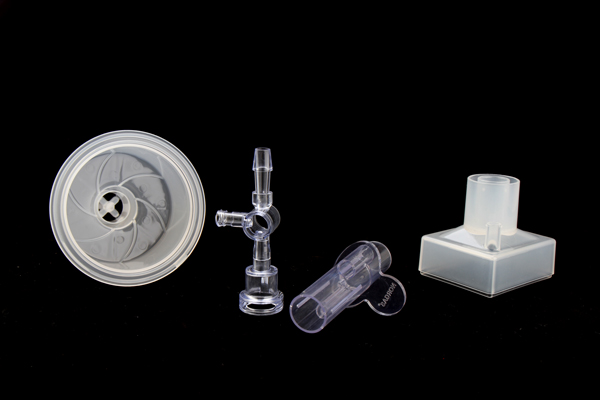
3. Systematic Solutions: Closed-Loop Control from Design to Production
3.1 Mold Design Optimization: Prevention Over Correction
-
Uniform wall thickness: Follow "gradual transition" principles to avoid abrupt thickness changes. For example, rib thickness should be 50–60% of the main wall.
-
Gate position optimization: Place gates near thicker sections to shorten melt flow paths and reduce pressure loss.
-
Upgraded cooling systems: Use conformal cooling channels or localized inserts to maintain side wall temperature uniformity within ±2°C.
-
Venting design: Add vent slots (0.02–0.05mm deep) at gas-trapping areas to prevent compression-induced overheating.
3.2 Refined Process Parameter Adjustments
-
Packing phase control:
-
Adopt a "high-pressure, low-speed" packing strategy with gradual pressure increases (e.g., from 50 MPa to 80 MPa).
-
Extend packing time to 80% of the product’s cooling time (monitored via mold temperature controllers).
-
Temperature management:
-
Melt temperature: Set based on material properties (e.g., 280–320°C for PC) to avoid degradation or excessive flow resistance.
-
Mold temperature: Use higher temperatures (80–120°C) for amorphous materials (e.g., PC) to reduce internal stress; balance cooling speed and shrinkage for crystalline materials (e.g., PP).
-
Velocity-pressure profiling:
-
Use multi-stage velocity control during filling, decelerating before thicker side wall sections to prevent shear-induced overheating.
-
Optimize injection pressure and speed via mold flow simulation (e.g., Moldflow).
3.3 Material Selection and Modification
-
Low-shrinkage materials: Prioritize filled plastics (e.g., 30% glass-fiber-reinforced PC, shrinkage ≤0.3%).
-
Additive applications: Incorporate nucleating agents to accelerate crystallization and reduce shrinkage differences (for PP and other crystalline materials).
-
Two-shot molding: Combine soft and hard plastics in high-precision areas to offset shrinkage via material property contrasts.
3.4 Production Monitoring and Data-Driven Improvement
-
In-line inspection: Deploy infrared thermometers or ultrasonic systems to monitor side wall temperature and density distribution in real time.
-
DOE (Design of Experiments): Use orthogonal testing to identify optimal parameter combinations (e.g., packing pressure, mold temperature).
-
Digital traceability: Build a database linking process parameters to product quality, leveraging AI for dent risk prediction.
4. Case Study: Resolving Side Wall Dents in a Respiratory Mask
A medical manufacturer faced dents on a respiratory mask’s side walls, resulting in a 70% seal test pass rate. Improvements included:
-
Mold modification: Replaced the straight gate with a fan gate to enhance packing in thick side wall regions.
-
Process optimization: Increased packing pressure from 60 MPa to 90 MPa and extended duration to 12 seconds.
-
Material upgrade: Switched to 30% glass-fiber-reinforced PPSU, reducing shrinkage from 0.8% to 0.5%.
-
Cooling enhancement: Added graphene-coated inserts to side wall areas, improving cooling efficiency by 40%.
Final results: Dent defect rate dropped to 0.5%, and seal test pass rate rose to 99.2%.
5. Future Trends: Intelligence and Sustainability
As the medical injection molding industry advances toward higher precision and lower costs, solutions for side wall dents will increasingly rely on:
-
Smart mold technology: Molds integrated with sensors and adaptive systems for real-time shrinkage compensation.
-
Bio-based materials: Development of low-shrinkage, biodegradable medical-grade plastics to reduce reliance on petroleum-based materials.
-
Closed-loop recycling: Performance uniformity techniques for recycled materials to minimize shrinkage variability.
Conclusion
Addressing side wall dents in medical injection-molded parts requires a holistic approach spanning design, process control, material selection, and production monitoring. Enterprises should leverage scientific methods like mold flow analysis and DOE to establish tailored defect prevention systems. In the context of high-quality medical manufacturing, solving side wall dents is not merely a technical challenge but a critical opportunity to enhance competitiveness.
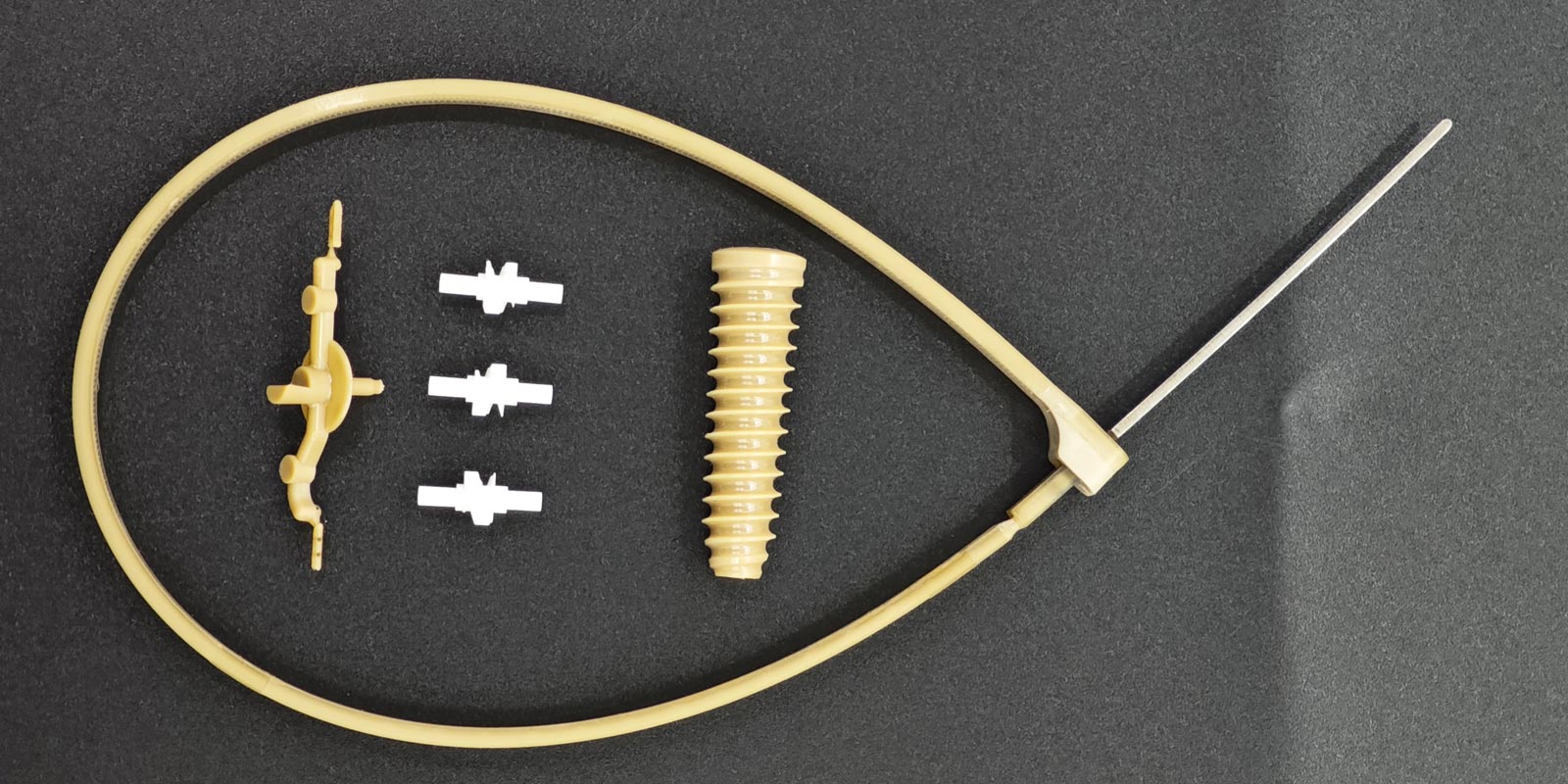
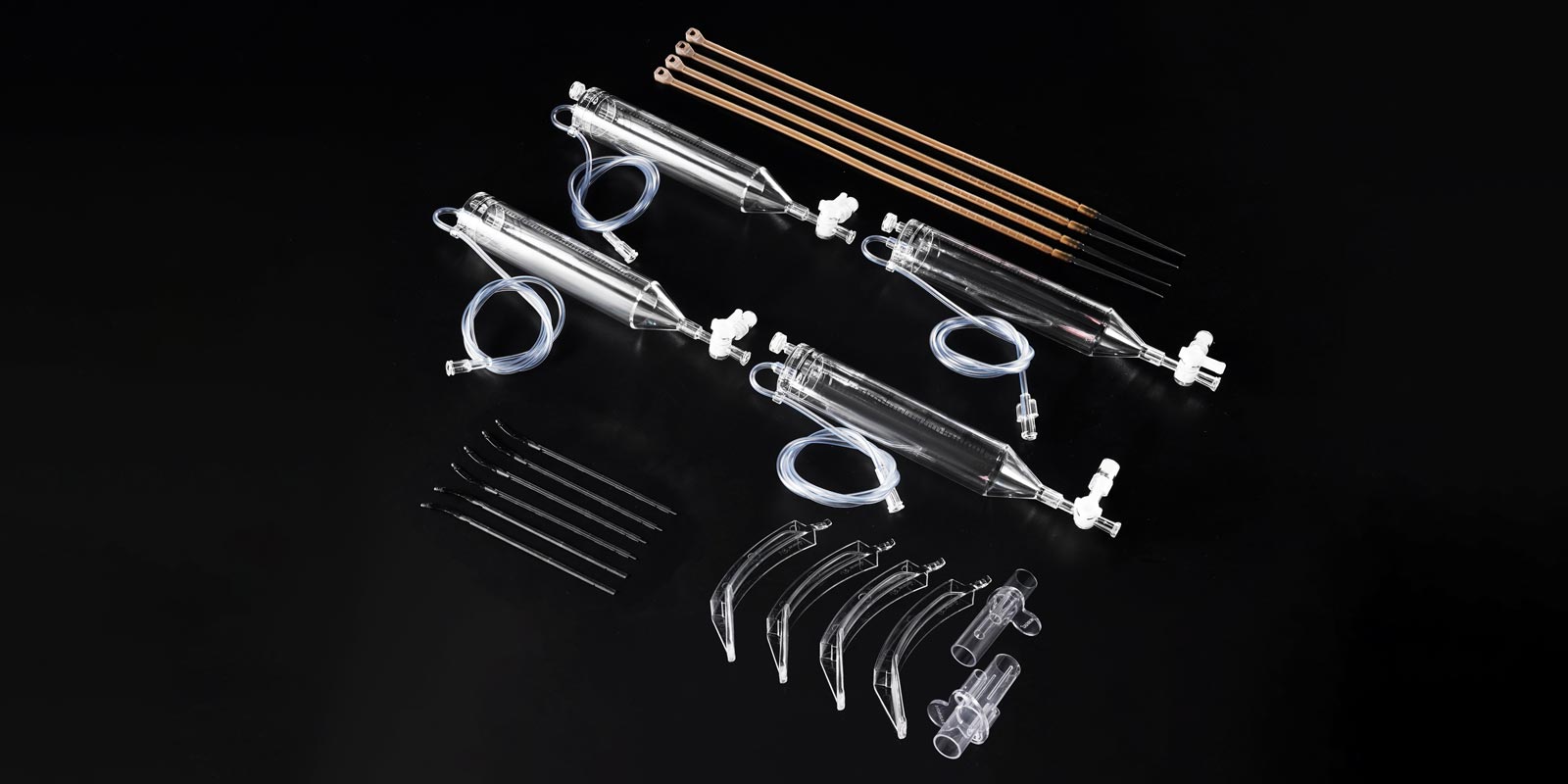
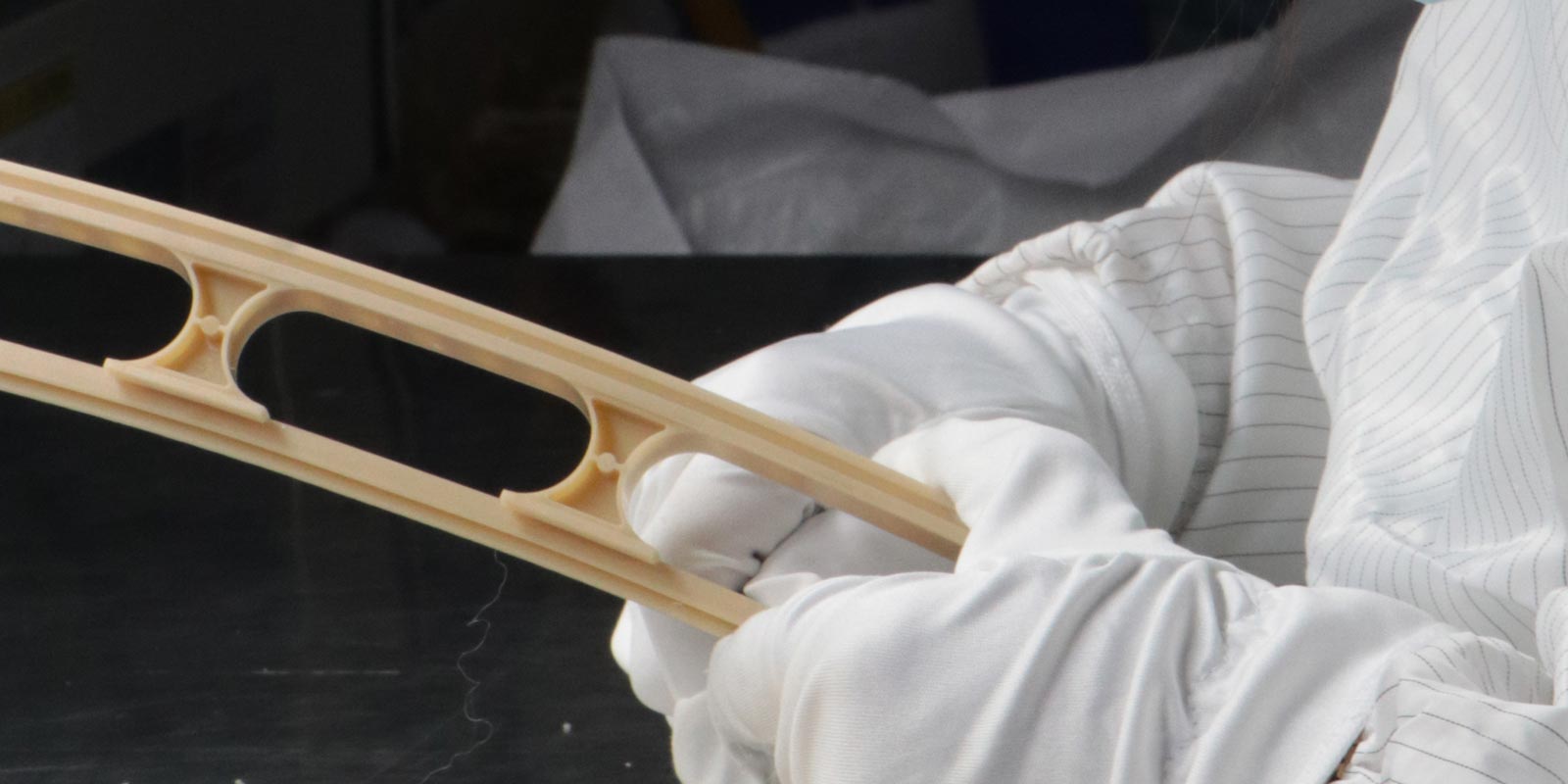
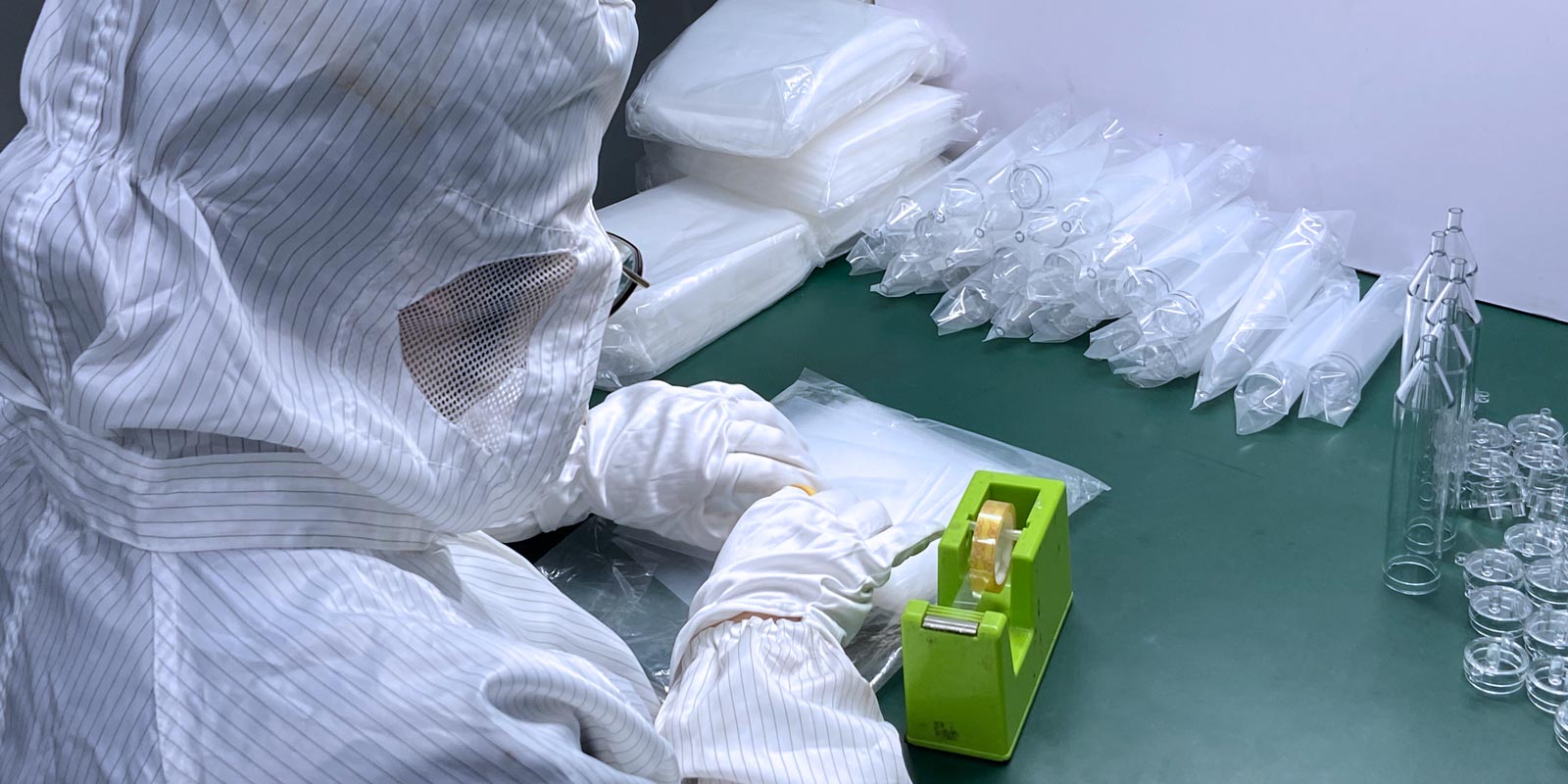
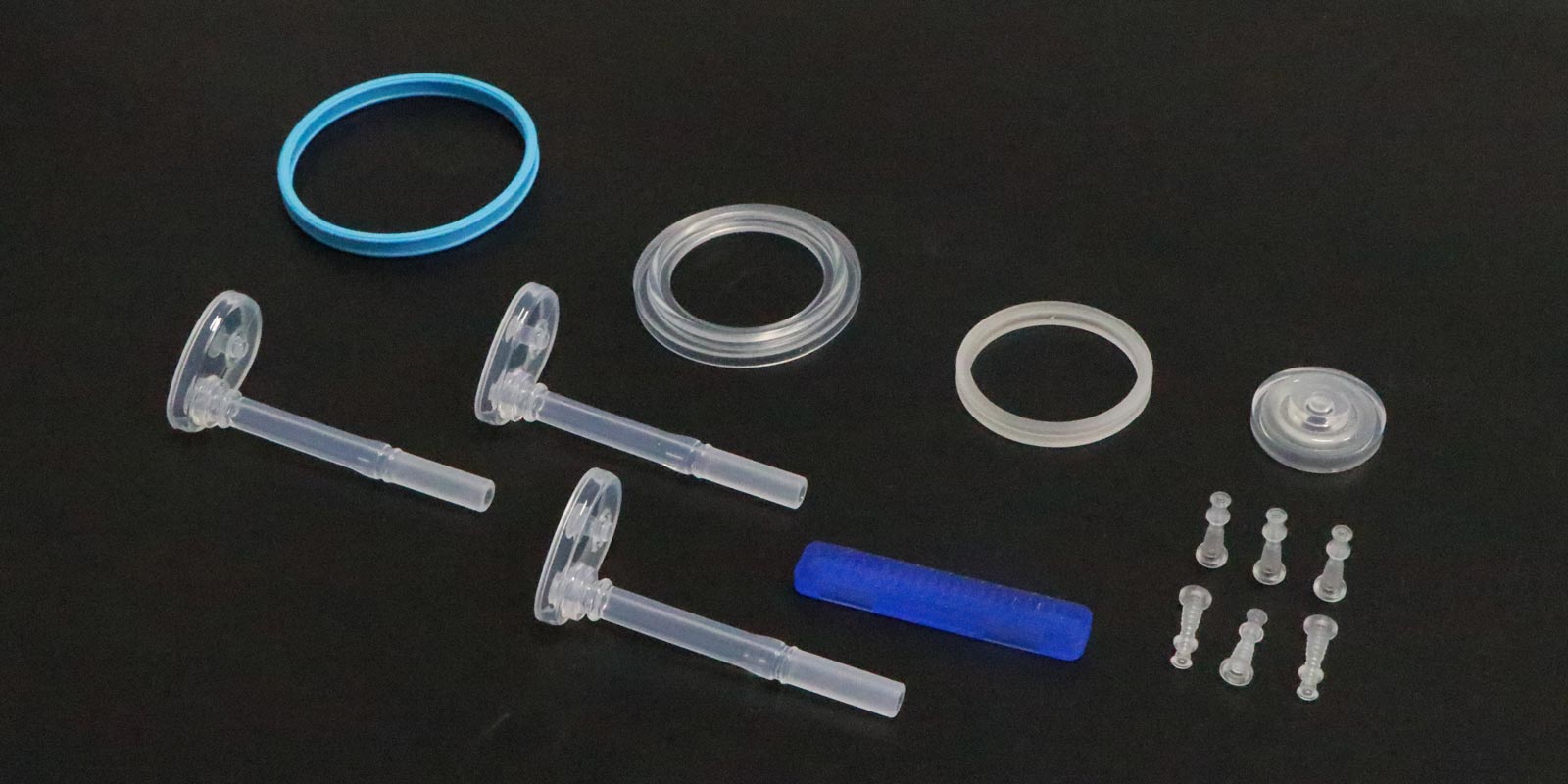
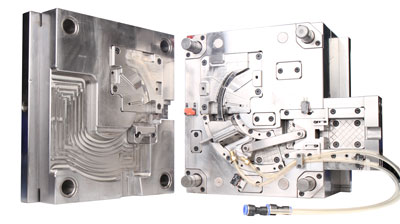
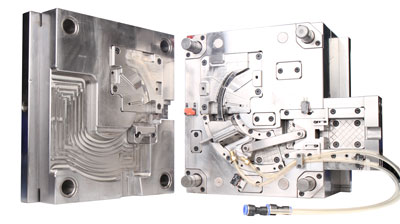
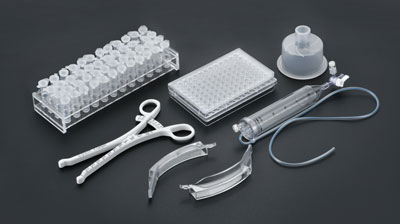
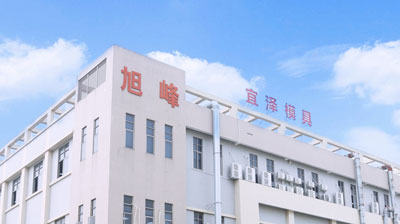







 Home
Home
